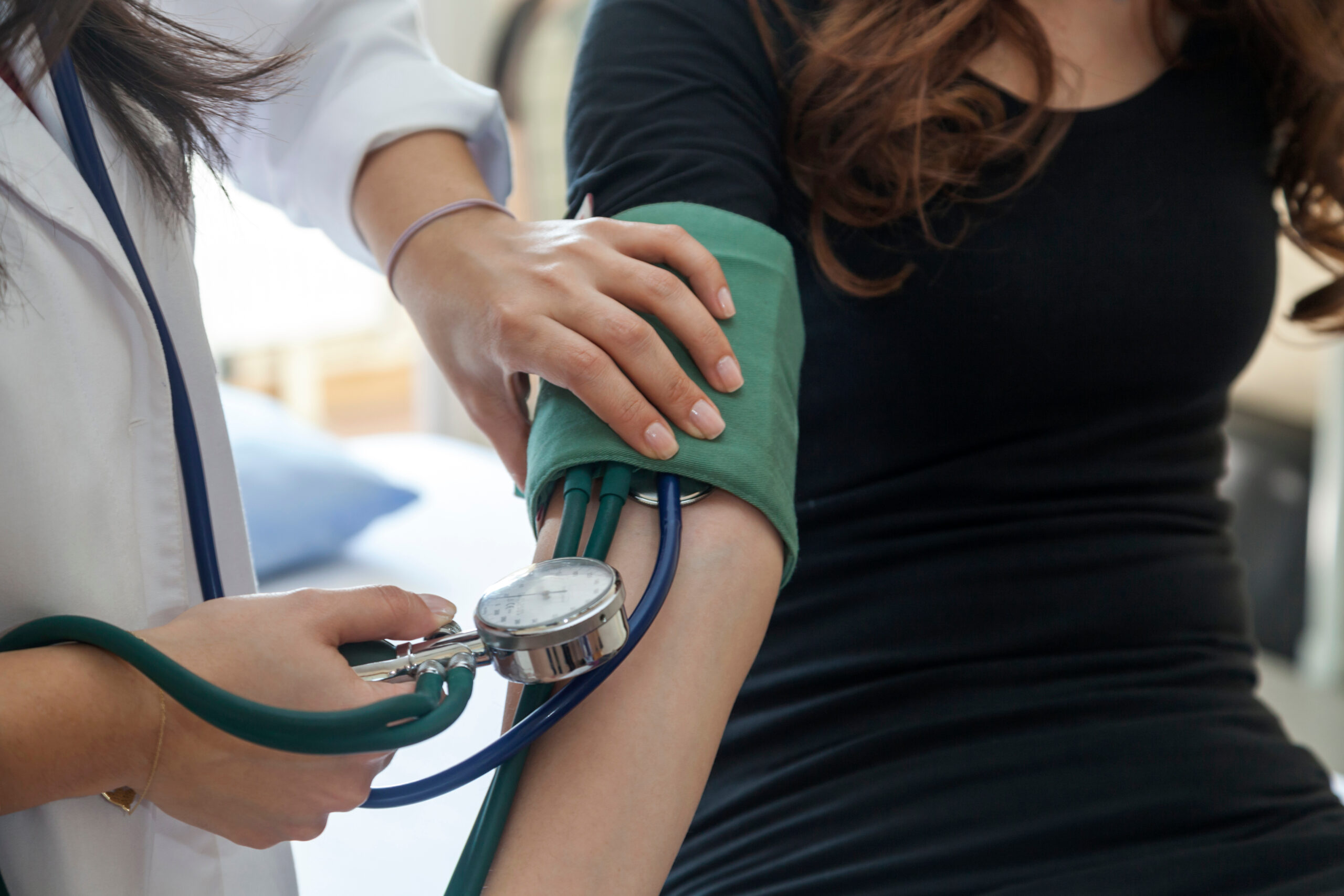Physical Exam

ANNUAL PHYSICAL EXAMS AT ELIAS MEDICAL
Physicals: The Key to Better
Health
Our body is like a machine, some functions run on automatic, while others need commands from the brain. All machines need regular servicing to maintain their levels of productivity and smooth functioning. In the same way, we also need regular checks, or a physical exam, to enjoy a long and healthy life. Periodic physical exams are a must for people of all age groups and our Bakersfield staff are very experienced at providing a very thorough physical exam. Men and women undergo slightly different physical exams, but the basics are universal and essential for everyone.
The Importance of Physical Exams
Male and female physical exams play a key role in tracking development and health:
What to Expect in a Physical Examination
A physician checks a few vital signs. There are four primary signs that a doctor looks for:
Temperature: The body temperature is an indicator of health, and should ideally be 98.6.
Blood Pressure: Ideally the blood pressure of an individual should be around 120/80.
Pulse Rate: The pulse is an indicator of the heart’s health. The normal pulse rate of an adult is between 50 and 80 beats per minute.
Respiratory Rate: Respiratory rate is an indicator of the health and functioning of the respiratory system. On an average, an adult takes 12-20 breaths a minute.
General Appearance: The physician takes note of his patient’s general information, mental status, skin, balance and other things that might be external indicators of any disease.
Heart and Lung Exam: A stethoscope helps the doctor hear the heart beat and the breaths of a patient, and thus any irregularities like irregular heart beat or a heart murmur and wheezing and cackling sounds in the breath are bought to attention.
Head and Neck Exam: The throat and neck are examined. The doctor looks down the throat of an individual to spot tonsillitis or adenoids or any other infection. Lymph nodes in the neck are examined for swelling.
Abdominal Exam: Liver health and abdominal health are verified with gentle tapping or listening through a stethoscope.
Neurological Exam: Through a series of questions and checks, neurological health is established. nerve reflexes and mental status are also checked.
Dermatological Exam: The skin and nails need to be checked because often rashes or skin trouble might indicate internal problems or infections.
Elias Medical
Experience Exceptional Medical Care!
Male Physical Exams
Male physical exams also include the following:
- Testicular Exams: The doctor checks for lumps, tenderness and size in each testicle.
- Hernia Exam: The “turn your head cough” routine checks if there are any weaknesses in the abdominal wall between the intestines and the scrotum.
- Penis Exam: An examination of the penis is done for any sexually transmitted diseases or warts and ulcers
- Prostrate Exam: The prostrate is felt by the doctor to see if there are any changes in size which might be indicative of prostate cancer.


Female Physical Exam:
The female physical exams include the following, apart from the above mentioned general exam:
- Breast Exam: The breasts are examined for any growths or lumps. Lymph nodes under the arms are also felt to check for abnormalities.
- Pelvic Exam: This includes an examination of the vulva, vagina and cervix for any sexually transmitted disease. PAP Smears may be ordered to rule out cervical cancer.
A full physical exam is essential annually, since some conditions like hypertension and diabetes tend to go unnoticed unless they are specifically checked.
– FAQ –
Have Any Questions?
We also offer affordable permanent hair removal using cutting edge techniques and technologies in laser therapy.
What is an annual physical exam?
Does insurance cover a physical exam?
What should I expect from a physical exam?
GET IN TOUCH –